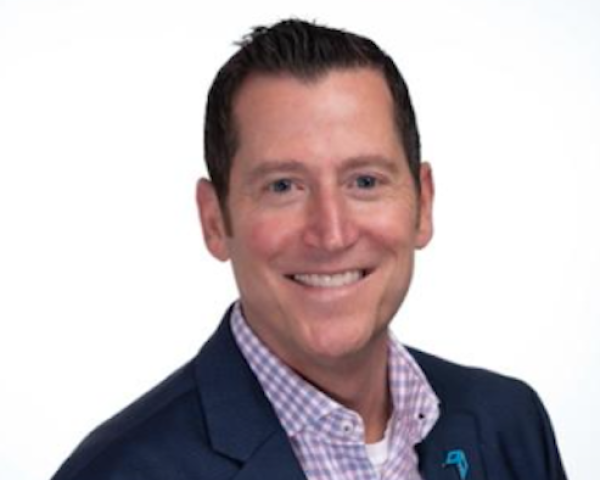For the vast majority of 2025, the future of the Federal Emergency Management Agency (FEMA) has been in doubt.
President Donald Trump originally announced plans to phase out the agency by the end of the year, and the administration has already helped dismantle programs FEMA manages, such as the advisory group responsible for updating national flood maps.
Since then, the Trump administration has backed away from a full cancellation of FEMA, instead expressing plans to "remake" the agency.
Point being, there's quite a lot we don't know. What is clear, though, is that FEMA is already operating much differently than it has before, and this distinction is likely to grow sharper.
That's difficult news for home insurance providers, which work hand-in-hand with the agency on a number of issues, from flood insurance to disaster preparedness and relief. Below, we've broken down four big ways that providers can prepare for the uncertainty to come.
Expanding disaster coverage
If FEMA disappears or is greatly diminished, insurance companies will see the earliest, largest repercussions in the National Flood Insurance Program (NFIP), which works with private providers to sell policies in areas with a high flood risk.
The NFIP is also, notably, very popular. According to data from 2023, more Americans purchased flood insurance from the NFIP than they did from all private insurers combined, by a split of 43% to 35%, respectively.
For providers that can, the easiest solution is to simply expand coverage offerings and fill the gap in this much-needed arena.
As of now, only about 4% of Americans have flood insurance, even though around 10% live in an area with a significant flood risk. With flooding and extreme weather becoming increasingly severe due to climate change, those at risk from flood will only increase.
While the NFIP is a helpful and much-needed resource for many, there are limitations to its coverage. For example, the program typically offers building and contents coverage separately, with restrictions around what's included in both. Here, private providers can improve on an existing framework by offering policies with greater flexibility and customization.
Partnering with state and local governments
Another way providers can adapt to a future without FEMA is by shifting focus.
Instead of working on the national scale, insurers will be wise to form partnerships with state and local governments — particularly in areas with a high flood risk — to create similar programs that benefit all parties, especially the homeowners who need this coverage most.
This principle goes beyond flood insurance, as future collaborations could also include disasters like wildfires and earthquakes, neither of which FEMA directly provides coverage for.
The California Earthquake Authority is a great example of cooperation in action. Much like the NFIP, the publicly managed nonprofit works with private insurers in California to offer earthquake protection where it's needed.
Companies operating in California — or in any of America's other most earthquake-prone states, which include Alaska, Hawaii and Texas — should seek strengthened partnerships with these programs where they exist, and should make efforts to help create them in places where they don't.
The same goes for damage from wildfires, which are not always covered by standard home insurance policies, despite their widespread impact.
In fact, unlike earthquakes, fires are no longer a regional issue. In 2023 alone, there were 23 states that had over 10,000 acres of land burned by wildfires. The prevalence of this problem is a sign that insurance providers could be increasing their work with state and local governments across the country, ensuring that more homeowners are able to get the coverage they need.
Becoming preparedness experts
Even with FEMA working at its full capacity, most Americans are not ready for an emergency like flooding, fires, earthquakes or storms.
That fact is evident in survey data from 2024 — before Trump was in office for a second time — in which 57% of Americans said they felt unprepared for a natural disaster, the highest that figure had been since 2017.
The reality is that many people are not getting the information they need, at least not in the places they're looking. Regardless of what happens to FEMA, insurance companies are in a prime position to become greater subject matter experts on disaster preparedness.
In practice, this could be as simple as educating new homeowners about the most common disasters in their area, with the next level being a custom policy plan that bundles flooding, earthquake or fire insurance with more regularly grouped options, like home and auto.
Insurance providers have a great opportunity here, as they have a captive audience of customers who both trust and rely on them for good information. It should be easy for insurers to activate their customers around the issues they need to be aware of.
Monitoring risk independently
One of FEMA's most notable jobs is its role in monitoring risk for all major disaster types nationwide. This information is relied on by both consumers and insurance companies to calculate risk in a given area.
With this role in jeopardy, providers may be left to navigate the data themselves. For some providers, this could mean creating more advanced internal tracking systems and risk assessment tools, while for others it may mean relying more heavily on the data released by state and local governments.
For some companies, this change will require more effort than for others. However, like all items on this list, it's a case of a short-term problem turning into an avenue for a major long-term opportunity.





















